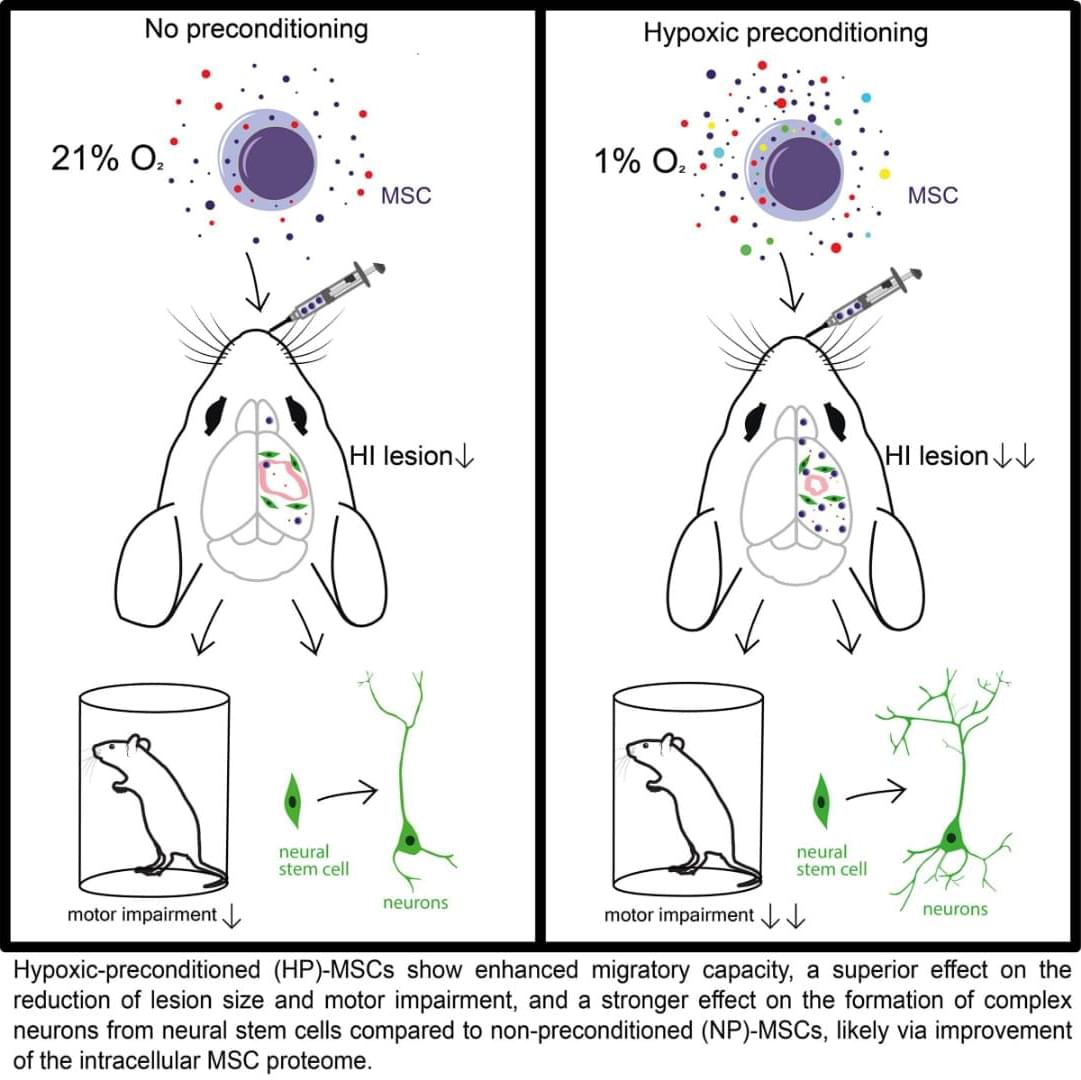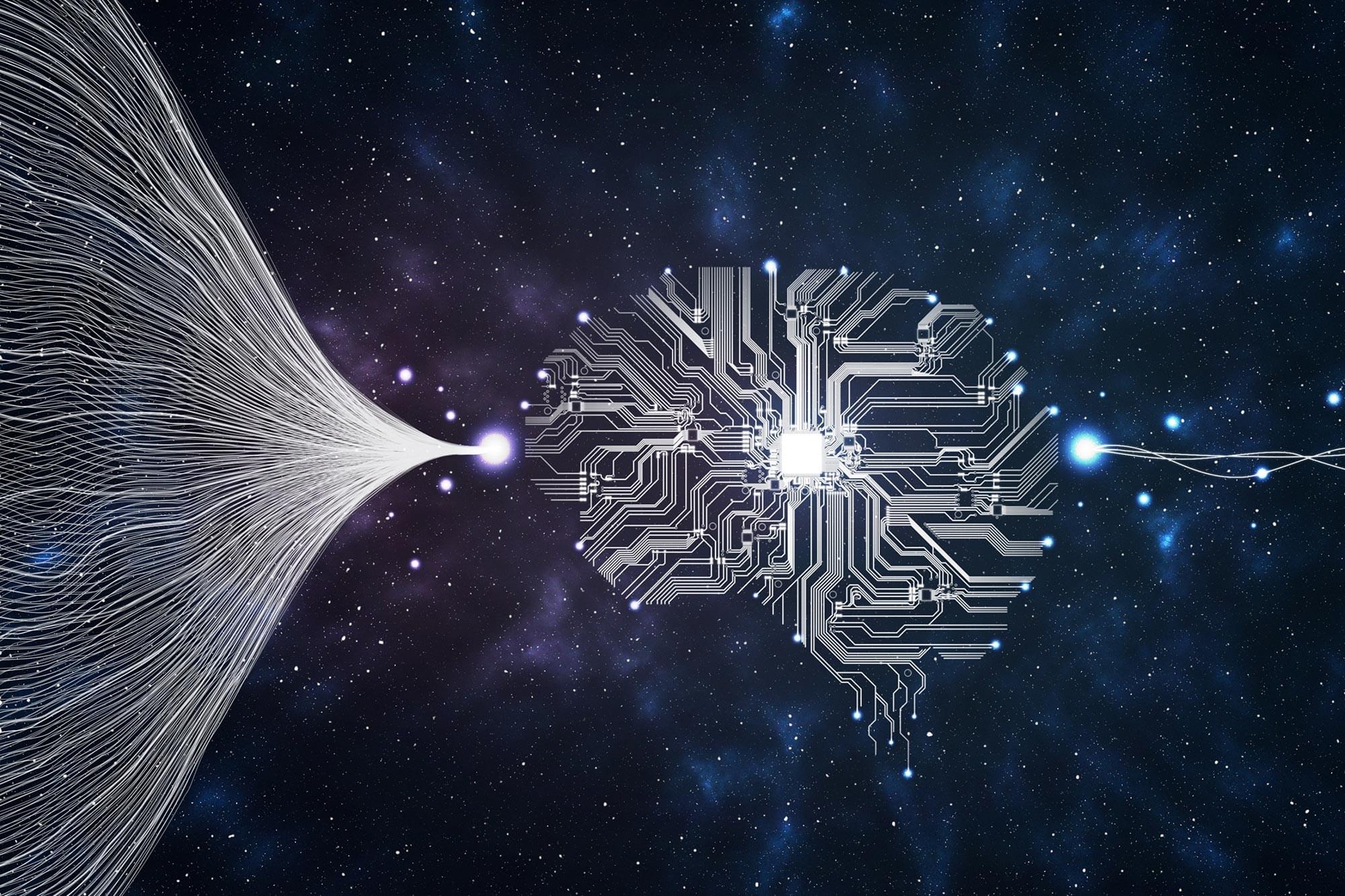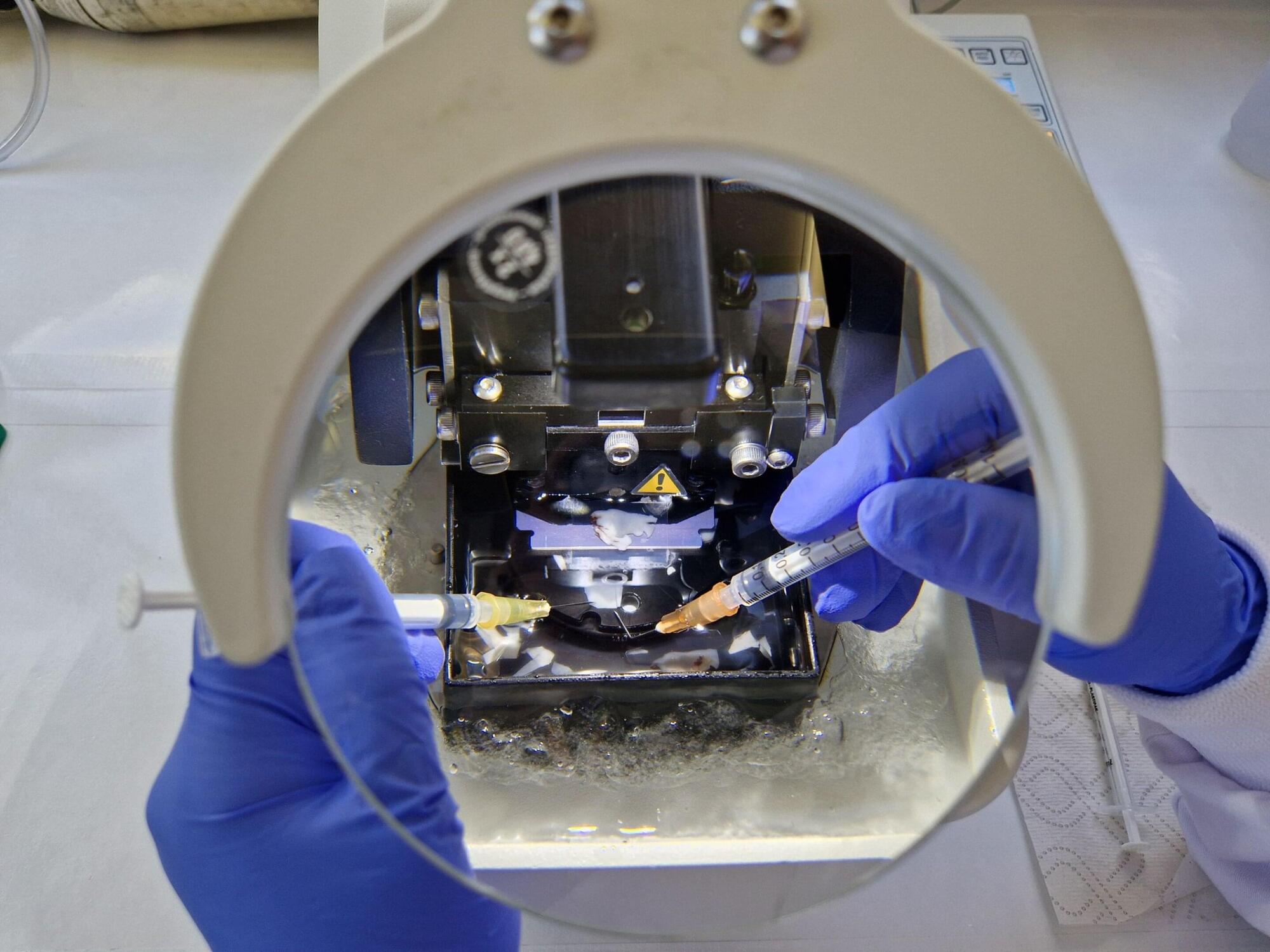A sensitive, flexible, and cost-effective solution takes the guesswork out of DNA methylation profiling.



About 20% to 35% of the population suffers from chronic sleep disorders—and up to half of all people in older age. Moreover, almost every teenager or adult has experienced short-term sleep deprivation at some point. There are many reasons for not getting enough sleep, whether it be partying, a long day at work, caring for relatives, or simply whiling away time on smartphones.
In a recent meta-study, Jülich researchers have now been able to show that the brain regions involved in the short-term and long-term conditions differ significantly. The results of the study were published in the journal JAMA Psychiatry.
“Poor sleep is one of the most important—but changeable—risk factors for mental illnesses in adolescents and older people,” says Jülich researcher and Privatdozent Dr. Masoud Tahmasian, who coordinated the study. In contrast, long-term pathological sleep disorders, such as insomnia, obstructive sleep apnea, narcolepsy, and short-term sleep deprivation, are located in different parts of the brain.


University of Pittsburgh School of Medicine scientists are one step closer to developing a brain-computer interface, or BCI, that allows people with tetraplegia to restore their lost sense of touch.
While exploring a digitally represented object through their artificially created sense of touch, users described the warm fur of a purring cat, the smooth rigid surface of a door key and the cool roundness of an apple. This research, a collaboration between Pitt and the University of Chicago, is published in Nature Communications.
In contrast to earlier experiments where artificial touch often felt like indistinct buzzing or tingling and didn’t vary from object to object, scientists gave BCI users control over the details of the electrical stimulation that creates tactile sensations, rather than making those decisions themselves. This key innovation allowed participants to recreate a sense of touch that felt intuitive to them.
In this episode, we return to the subject of existential risks, but with a focus on what actions can be taken to eliminate or reduce these risks.
Our guest is James Norris, who describes himself on his website as an existential safety advocate. The website lists four primary organizations which he leads: the International AI Governance Alliance, Upgradable, the Center for Existential Safety, and Survival Sanctuaries.
Previously, one of James’ many successful initiatives was Effective Altruism Global, the international conference series for effective altruists. He also spent some time as the organizer of a kind of sibling organization to London Futurists, namely Bay Area Futurists. He graduated from the University of Texas at Austin with a triple major in psychology, sociology, and philosophy, as well as with minors in too many subjects to mention.
Selected follow-ups:
• James Norris website (https://www.jamesnorris.org/)
• Upgrade your life & legacy (https://www.upgradable.org/) — Upgradable.
• The 7 Habits of Highly Effective People (https://www.franklincovey.com/courses… (Stephen Covey)
• Beneficial AI 2017 (https://futureoflife.org/event/bai-2017/) — Asilomar conference.
• \
In this talk, Klaus Mainzer explores the connections between the Leibniz’ Monadology, the structure and function of the brain, and recent developments in quantum computing. He reflects on the nature of complexity, intelligence, and the possibilities of quantum information technologies.



Scientists using living human brain tissue have shown for the first time how a toxic form of a protein linked to Alzheimer’s can stick to and damage the connections between brain cells.
Small pieces of healthy human brain tissue —collected during routine neurosurgery operations—were exposed to the protein, known as amyloid beta.
Unlike when subjected to a normal form of the protein, the brain tissue did not attempt to repair damage caused by the toxic form of amyloid beta, experts say.
